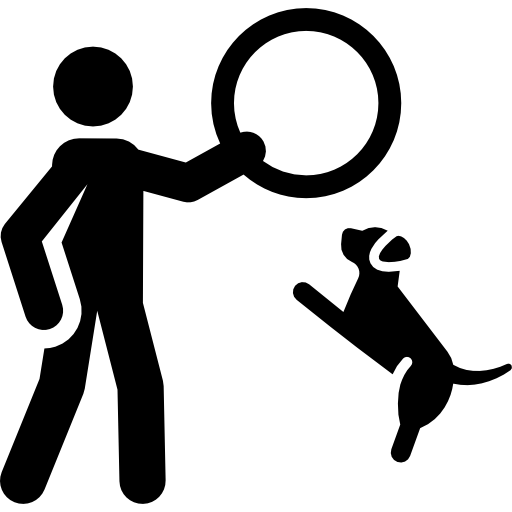

25-28 inches (male)
23-26 inches (female)

35-65 lbs (male)
35-65 lbs(female)

12 – 16 years

Playful, affectionate, Good-natured, Alert, Curious, Relaxed and Easy going

They enjoy the company of their family members

Easy to Train, No Requirement of hard Training

Excessive Barkers, Unique Vocalization, Snorts and howls. With proper training barking can be controlled.

Brindle, fawn, white-and-brindle, or white, Pied and Cream

Short Length, Smooth Texture, Minimal Shedding, Easy to Groom, Seasonal Changes

Have various health issues

High-Quality Dog Food, Age-Appropriate Food, Water Availability

Energetic, hard-working,

Friendly With Other Dogs and Family

High

High

Brown Grey Red Black White

High

Cold climate

Moderate
He’s loving and likes to cuddle since that’s how he stays warm on the path. He gets along with humans and dogs. He leaps on you to make buddies.
When not working out, he digs holes and eats. His hounds and sports breeds make him a good hunter. When he’s hunting, cats, squirrels, and birds should beware.
Keep the Alaskan Husky on a leash unless indoors. He’s uncatchable if he runs. He can run forever. Exploring is his hobby. Strong, tall fencing is necessary. The Alaskan jumps well.
Alaskan Huskies have more power than brains, although some are smart. They may surprise you.

German Shepherds are quite energetic, therefore they require a lot of exercise and nutrition with plenty of calories, as well as frequent grooming.
It may come as a surprise, given how quickly these dogs can understand human orders, but they may also be independent and disobedient. You should start teaching this puppy as soon as possible, preferably before it reaches eight weeks of age, when it is at its most impressionable and trainable. It will be more challenging to teach a dog that is older than six months. In order to successfully convince your dog into accepting its training, you should choose approaches that emphasise positive reinforcement that are both patient and persistent.


These dogs are not for the weak of heart. This doggy has incredible stamina and strength. After all, it was born to lug heavy sleds through the frozen landscape. At least an hour of exercise is needed daily for the dog, and moderate walks are not enough. They should do a lot of workout sessions together, such as free jogging, hiking, sports, games, and so on. If your dog has a desire to escape and explore, it’s probably not a smart idea to let it off leash. A fence around the yard is an excellent way to rein in these instincts.
Despite being usually healthy, with a typical lifetime of 10 to 15 years, the Alaskan Husky may be at risk for hypothyroidism, progressive retinal atrophy, and other visual illnesses, obesity, cancer, a congenital laryngeal distortion (which causes wheezing), and lysosomal storage disease.
Ask your breeder for confirmation their dogs have been tested for common problems. This won’t prevent health issues, but it will offer your dog a better chance at a long, healthy life. Summary of Alaskan Husky health issues:


A weekly brushing will maintain an Alaskan Husky’s coat clean and healthy. During seasonal shedding, periodic pin brushing helps remove old coat. Their grooming routine should include nail trimming. Overgrown nails may cause discomfort and hinder running or walking.
Long-term dog health depends on good dental hygiene. Adult dog dental is common. Untreated, it might cause problems. Establish an at-home dental care plan with frequent brushing and vet-recommended dental chews.
These dogs perform well on a premium food specifically designed for their developmental period. Additionally, working Alaskan Huskies require a seasonal change in their diet. (In the winter, when they are dragging sleds, they need more protein, and in the summer, when they aren’t working as hard, they need less protein.)
If you want your dog to stay at a healthy weight, you should monitor their food consumption. Avoid overfeeding them by keeping track of how much food you give them and keeping rewards to less than 10% of their daily calorie intake.

